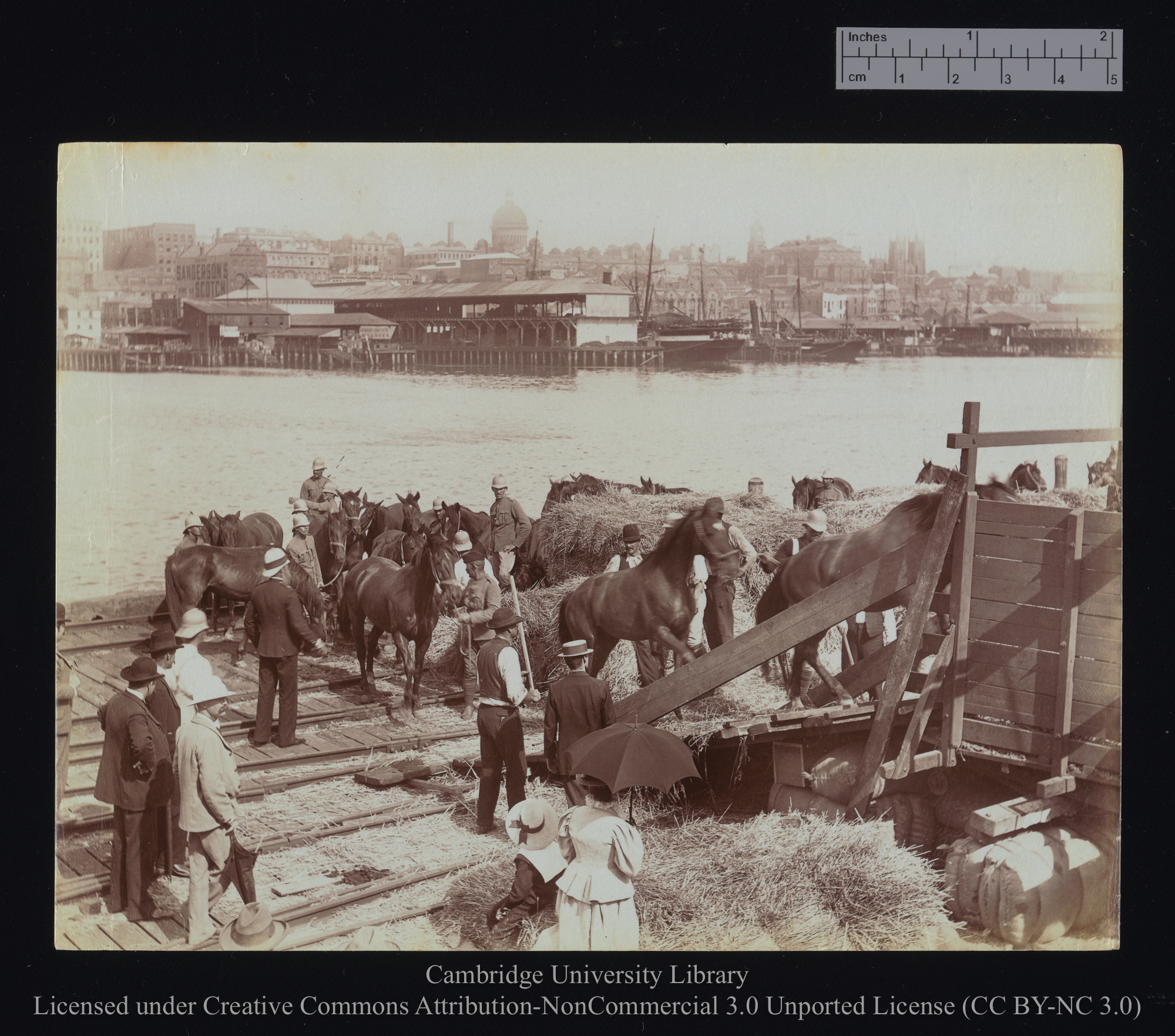Oceania (continent)
Found in 4945 Collections and/or Records:
Hokianga - Phormian Tenax - or flax rope-making, 1870
Holder: showing class of Permanent Homes, 1892
270 x 215 mm. A view of small stone houses in the background, with a field of unidentified plants in front. For the degree of settlement achieved, the photograph may be compared to that of Ramco in Y3082B/2.
Home for Incurables, Fullarton, near Adelaide, 1890
260 x 200 mm. A view showing a single storey building with a corrugated iron roof and a verandah running along its length.
Homestead, Bridgetown, 1910
200 x 145 mm. View of homestead and farm buildings, with fruit trees growing at left and hill behind.
Homewood, 1976 - 1982
This file contains material relating to the research, publication and reception of Lady Smedley’s history of the official residence of the British High Commissioner , ‘Homewood and its families: a story of Wellington’ (Wellington, 1980).
Homewood handover documents, 1980
This file contains material presumably prepared for the incoming New Zealand High Commissioner, R.J. Stratton, including information on running the house, tending to the large garden, speeches and office details (circa 80 sheets).
[Honeyeaters], 1919 - 1930
Possibly by Violet Artah Bartlett, fl 1919-1930, although the signature is different from the other examples of her work in the collection.
[Hongi: nose pressing], 1884 - 1885
97 x 140 mm. A studio photograph showing two Maori women dressed in korowai performing the Maori greeting of Hongi, pressing noses together. The greeting is performed by lightly pressing noses together, first on one side, then on the other, and not by rubbing.
Hongo, with island of Mandolina, 1892
205 x 151 mm. A view taken from the beach at Hongo, with Mandolians visible in the distance.
[Hooded parrot], 1919 - 1930
Hornsby Light, Sydney, 1885
190 x 140 mm. A view of the lighthouse on a cliff, with the harbour beyond. A thirty foot high tower, painted in red and white vertical stripes, the building was erected at Inner South Head in 1858 and named after Admiral Sir Phipps Hornsby, Commander-in-Chief of the British Pacific Fleet in the 1860's.
[Horse corrals on shore], 1899 - 1901
200 x 150 mm. Shows corrals and wooden buildings, with railway trucks behind.
[Horse corrals on shore], 1899 - 1901
200 x 150 mm. Similar to Y308m/42, but showing more on the left and a sailing ship at anchor beyond the trucks.
[Horse corrals on shore], 1899 - 1901
200 x 150 mm. Y308M/43 shows more of the left hand building. Scene as in Y308M/42.
[Horse corrals on shore, with unidentified ship in the background], 1899 - 1901
200 x 150 mm.
[Horse corrals on shore, with unidentified ship in the background], 1899 - 1901
200 x 150 mm.
[Horse corrals on shore, with unidentified ship in the background], 1899 - 1901
200 x 150 mm.
[Horses ascending gangway, seen from the shore], 1899 - 1901
200 x 150 mm.
[Horses ascending gangway, seen from the shore], 1899 - 1901
200 x 150 mm.
[Horses being driven between hurdles to gangway; view of the quayside looking down from the ship], 1899 - 1901
200 x 150 mm.
[Horses being sent up the gangway], 1899 - 1901
200 x 150mm.
Horses clearing land, 1885 - 1890
192 x 149 mm. A view showing a team of 12 horses working in a large pit. Uncaptioned on front or back apart from negative number 424.

[Horses crossing a waterside railway track and walking up a gangway (seen from ship). Bales of hay strewn about], 1899 - 1901
200 x 150 mm.
[Horses in central stabling being fed, with men gathered round], 1899 - 1901
200 x 150 mm.
Hospital, Brisbane-from Bowen Bridge Road, 1886
230 x 180 mm. A notice by the gate informs us that visiting days were Sunday, Wednesday and Saturday from 2 till 5 p.m. The hospital is now in the centre of the city. In 1867, when it was opened, there was anger at its being built so far out of town.
